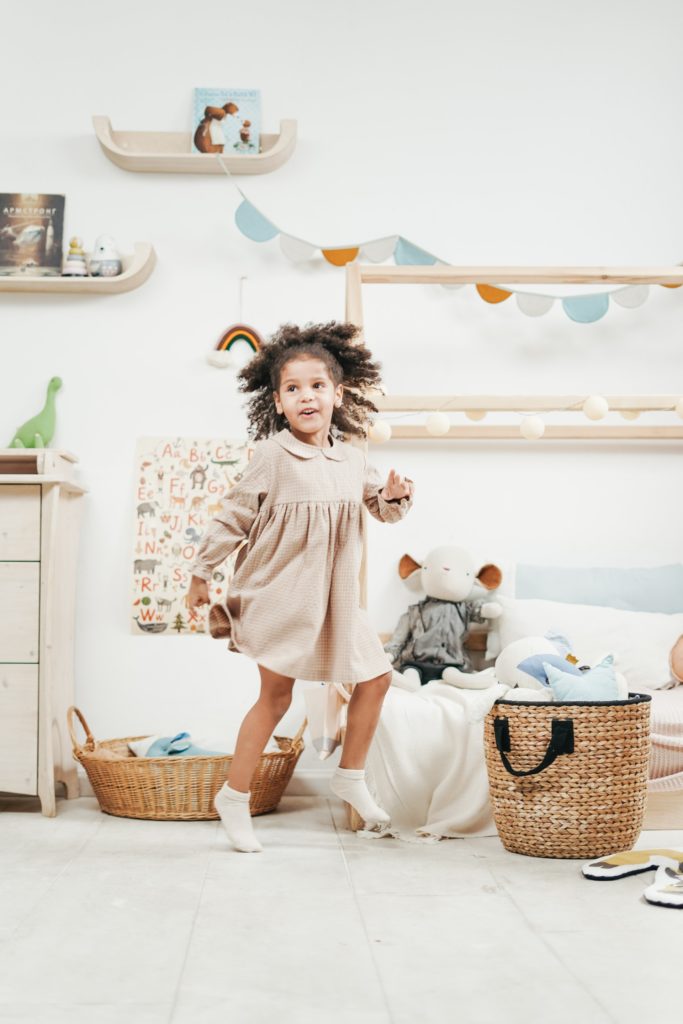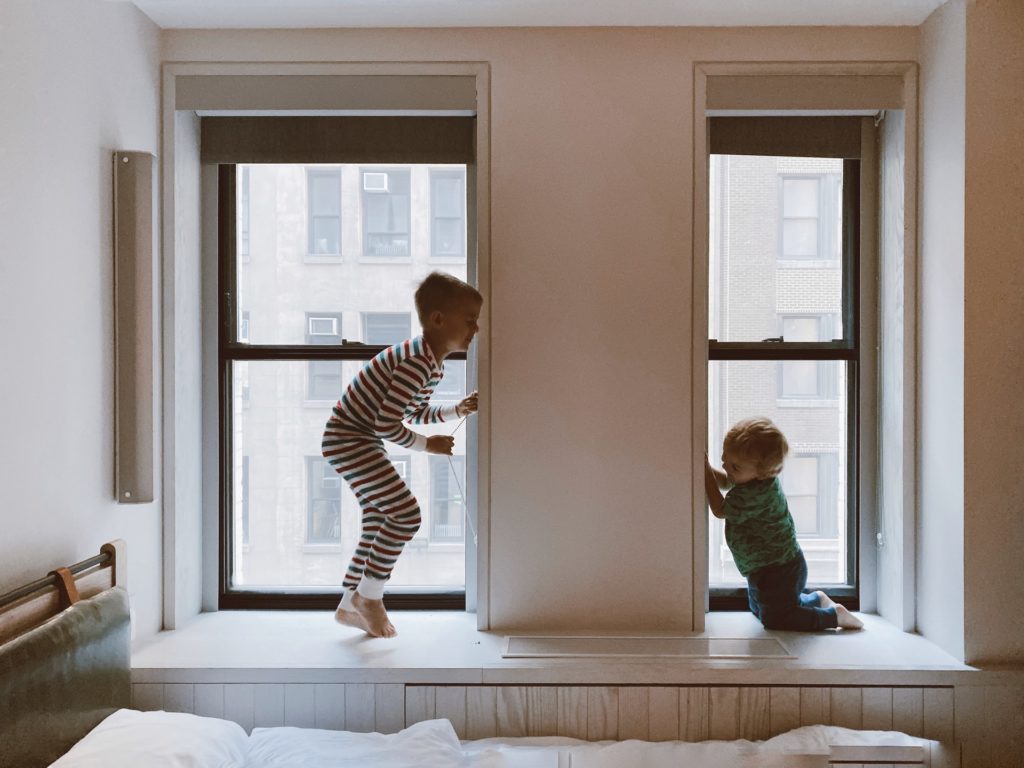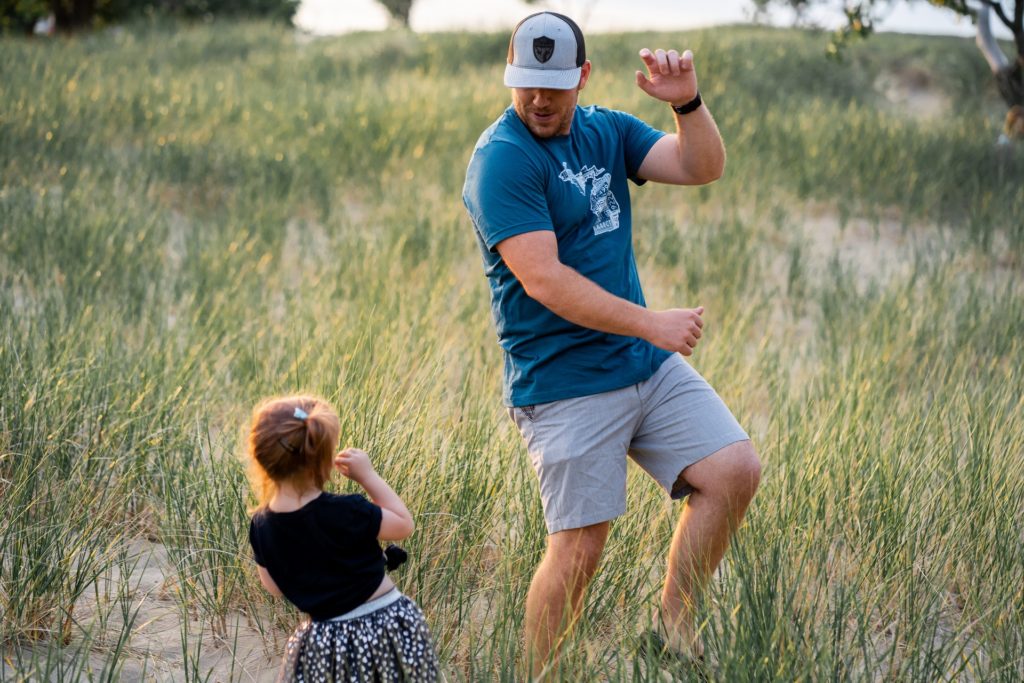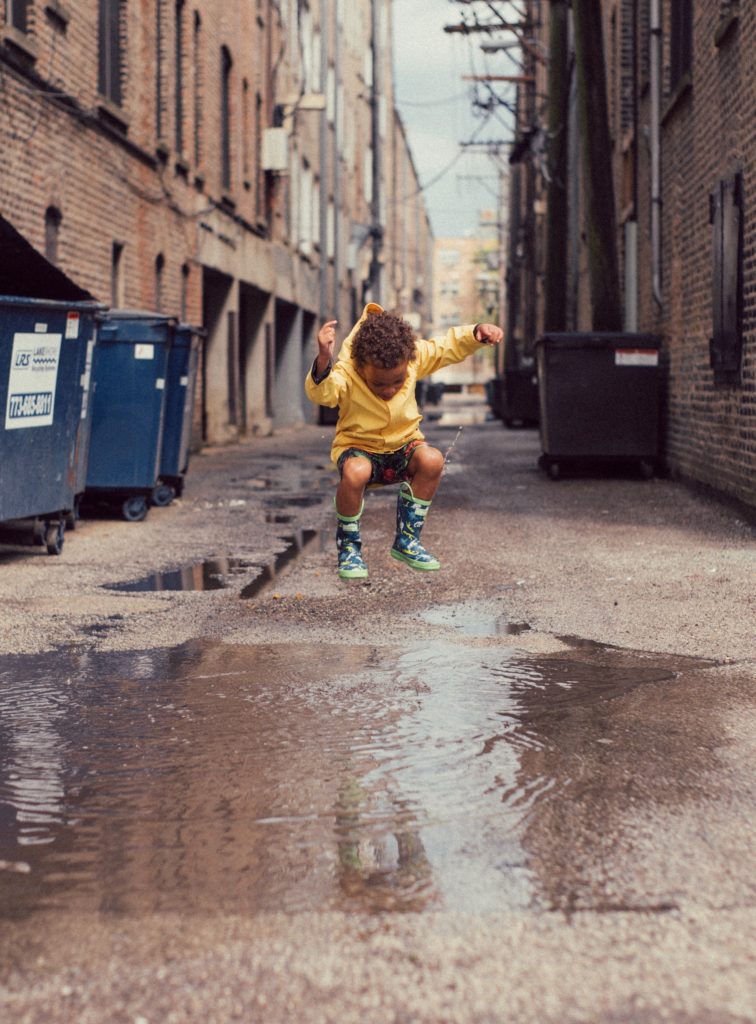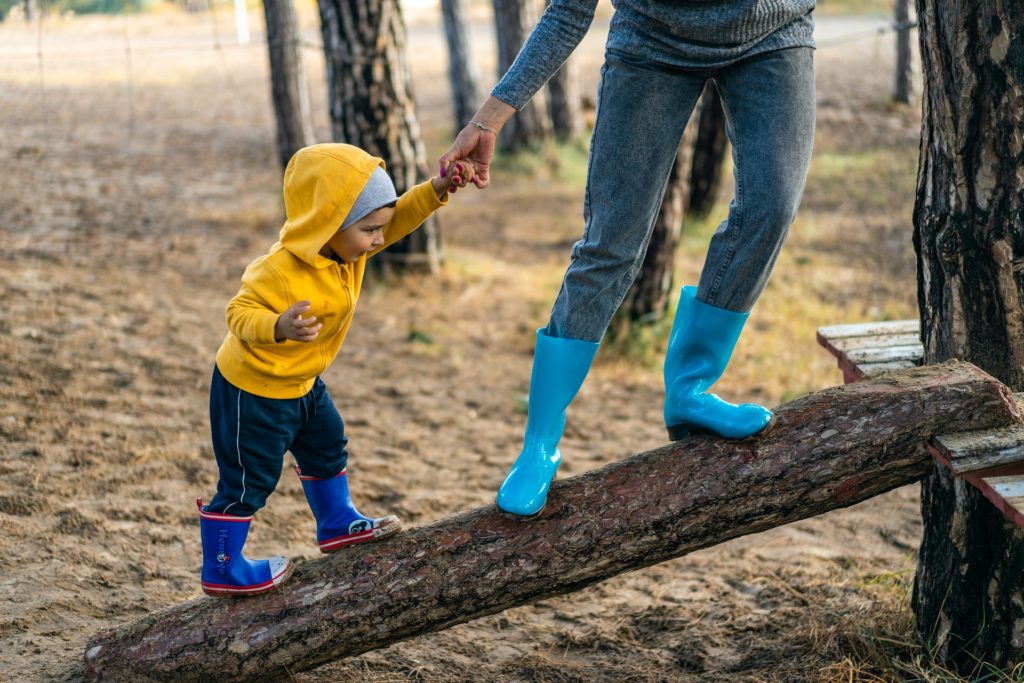Did you know that your child’s physical movement in the early years is directly related to critical skills later in life — like reading, writing, emotional control, creativity, vocabulary skills, math, and more?
9 Movement Activities for Preschoolers You Can Do At Home
Play and movement is necessary for learning. Sometimes, we tend to view playtime and learning time as two distinct and separate tasks. One (play) is viewed as nice but just something to do when you have the time. The other (learning) is viewed as disciplined and serious.
But play is the way children learn! Play is children’s work. When children are allowed to play, their brains get primed and ready for learning.
And perhaps never has this been more important than right now during the Covid-19 pandemic. With so much stability and activity now absent from our lives, children desperately need the physical and intellectual benefits of playful movement.
“Brain, This Is Body. Body, This Is Brain. Say Hello to Each Other.”
Your child’s brain and body are always working together, but the interesting thing is that the body actually teaches the brain.
This means that the more your preschooler moves during play, the more their brain will develop and grow.
That’s not something to be taken lightly! Children need to move and play so their brains can maximize their power!
On the outside of your child’s body, the five sense — touch, taste, smell, vision, and hearing — are working to organize information coming at them.
At the same time, there is an internal stimulus going on. As your child moves, internal systems, like the kinesthetic system and vestibular system, are activated. And these strengthened systems then support the brain’s functions.
Movement actually increases your child’s cognitive and intellectual abilities.
Are You Really Right-Brained or Left-Brained?
You’ve heard of the right and left brain. The left hemisphere of the brain is in charge of processing logic, words, math, and sequence, while the right side of the brain manages rhythm, music, pictures, emotion, and intuition.
We tend to say we are either right-brained or left-brained, but the truth is that both sides of the brain are working together all the time.
And the more we access each side, the better we can function — both academically and creatively.
Now here’s the interesting thing!
Physical play is one huge element that helps to develop both sides of the brain.
In other words, the thing that will help your child’s brain to grow and develop so that it can handle academics, emotions, creativity, and logic later on?
Play!
Movement!
It’s no surprise then, that children want to move, play, climb, wiggle, crawl, jump, run, skip, hop, climb (did we already say that?), and more.
And as they do, their brains are forming the right connections to make reading, writing, math, and more possible later on.
8 Music and Movement Activities for Preschoolers
There’s More Going on Than Meets the Eye
Different movements stimulate different parts of the brain, which translates to different gains later on.
How Your Child Is Strengthening Their Brain Stem: Basic movements like grasping, crawling, walking, reaching, turning, touching, pushing, and pulling stimulate the brain stem. This leads your child to be able to develop hand-eye coordination, big motor skills, and pre-writing abilities.
Did You Know Your Child Is Working on Cerebellum Health?: Movements like spinning, balancing, listening, swinging, rolling, tumbling, and dancing stimulate the cerebellum, which is responsible for better balance, sports ability, riding a bike, writing, fine motor coordination, reading, and even typing.
Yep, Your Child’s Movements Are Improving Their Limbic System Too: Movements like cuddling, stroking, playing with others, and socializing stimulate the limbic system. That leads to emotional intelligence qualities like: love, security, social sills, cooperation, and confidence.
And a Stimulated Cortex Improves Your Child’s Life: Movements like putting puzzles together, stacking, making patterns, playing word games, and listening to music stimulate the cortex. This leads to the ability to do math and logic problems, to paint, to increase in musical ability, and to become fluent in reading and writing.
So don’t stop your child from moving! Recognize the value and strength in wiggling, climbing, running, and more.
But during Covid, when some activities are unavailable, it can be hard to find enough movement activities for your child.
Here are a few suggestions.
10 Ideas to Get Your Child Moving During Covid-19
- Go outside where it’s green. Not only will your child enjoy the space to run and move their body, studies have found that time in green nature can improve focus.When you go outside, bring objects to encourage movement: jump ropes, kites, balls, bikes, scooters, hula hoops, and more.
- Create obstacle courses indoors or outdoors. When coming up with the obstacles, think: What can your child climb through, climb over, or climb under? Can your child hop over something? What can your child do on one foot? Can your child do something backwards? What can your child balance on? What can your child carry?
- Look online for movement videos: Cosmic Kids Yoga and Go Noodle are popular ones with many children.
- Turn on music and dance.
- Do chores. Weeding, cleaning bathrooms, folding laundry, picking up toys and more all require movement. (This may take some creativity to make it fun, but it can be done!)
- Do the hokey pokey.
- Play hot lava.
- Time how long it takes to ride bikes to a certain point. Then time how long it takes to run, to walk, to skip, and more. Turn this into a scientific experiment by making a hypothesis and charting your data.
- Set a timer for one minute, and do as many squats/jumping jacks/push-ups/favorite exercise as you can. Do it again with another exercise.
- Allow for free play. While your child will benefit from structured play, they also need time to move their bodies in ways that feel good to them. Free play lets them combine their creativity with their environment in ways that test their bodies.
At UDA Creative Arts Preschool in Draper, Utah, we incorporate creative movement, dance, and play into every single day. To learn more about how we promote physical development at preschool, contact us online or give us a call at (801) 523-5930.
Written by Rebecca Brown Wright

